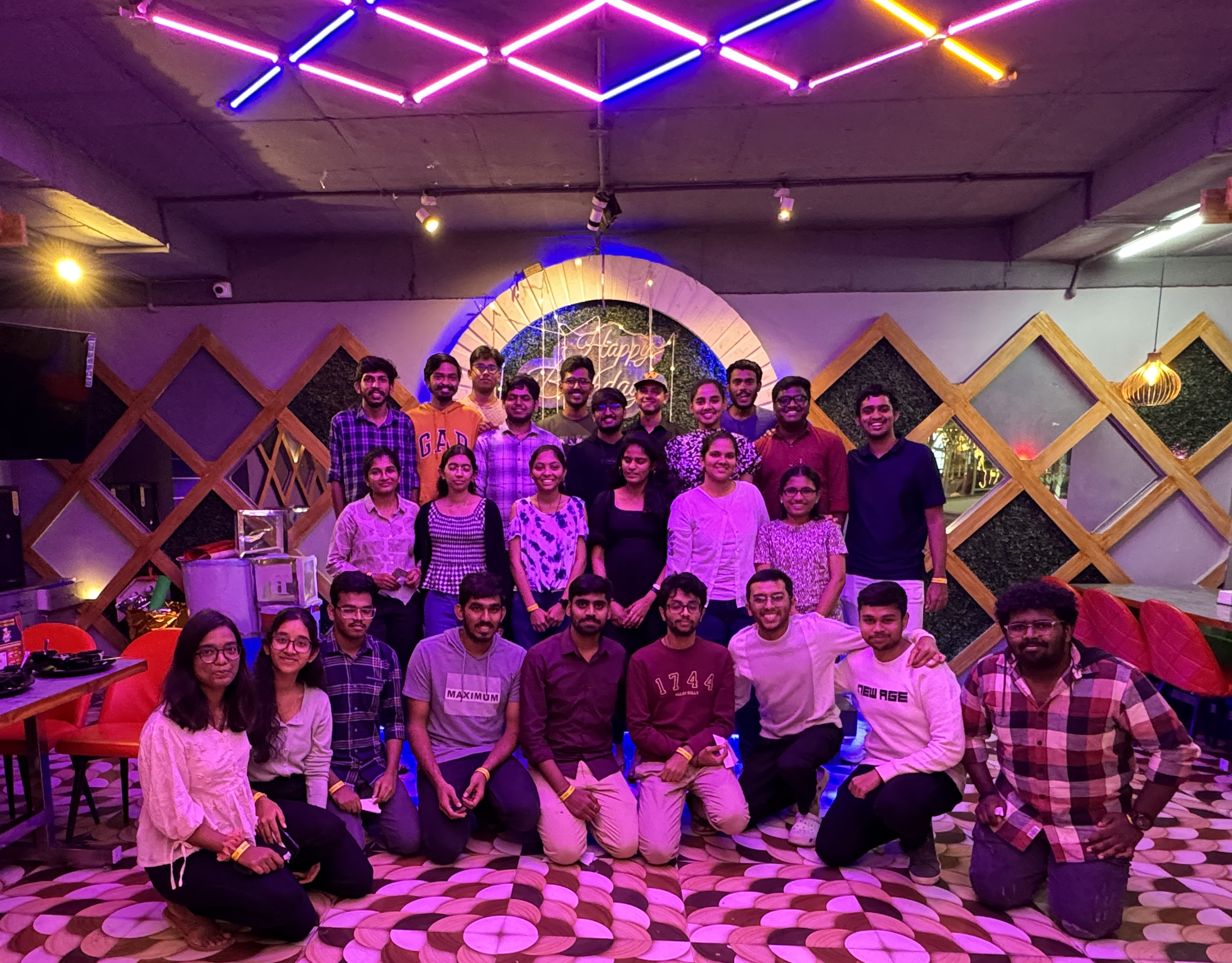
NewsLetter 23
Greetings readers,
Finally, exam season is over, and we're all back for a new year, new semester, and a whole new adventure! Here’s Turing Hut with the latest happenings in the tech world.
Opportunities
- Walmart Sparkathon
- Goldman Sachs: Data Analyst
- STEM stars Scholarship: Infosys
- Flipkart Grid 6.0: Robotics Challenge
Highlights

On 10th August, we bid farewell to another outstanding batch of final-year students (TH 2k22-2k24) who have been instrumental in shaping the Turing Hut that we know today. Their unyielding determination, remarkable vision, and profound valor have made Turing Hut an amazing place for nurturing new talents and hosting exhilarating events. As we celebrate the memories we share and all the achievements we've accomplished, we recognize the honesty and capability with which they worked. We look forward to maintaining their legacy by stepping into their shoes with all that we've learned from them, and hope to take Turing Hut to even greater heights. We wish them all the very best in their new and exciting endeavors, as their journey will continue to inspire and guide us.
Interesting Reads
- Quantum Memory: Single-Photon X-ray Storage
An international research team, including Texas A&M University professor Dr. Olga Kocharovskaya, has achieved a breakthrough in quantum memory technology by successfully storing and releasing X-ray pulses at the single-photon level. This innovation marks the first realization of quantum memory in the hard X-ray range and holds significant potential for future X-ray quantum technologies. The experiment, conducted at synchrotron facilities in Germany and France, utilizes a novel protocol involving nuclear absorbers to form a frequency comb, enabling the storage of quantum information with the potential for longer memory times and applications in quantum information processing. The team's findings are published in Science Advances.
- Aquatic Robots: Bacteria-Powered Technology
Researchers at Binghamton University have developed a groundbreaking self-powered aquatic robot that skims across water using bacteria-powered biobatteries. This innovative technology could revolutionize aquatic robotics, enabling autonomous nodes to function even in challenging ocean environments. The robot's unique design uses a Janus interface to harness energy from water, powering its movements and sensors that can track vital environmental data. With potential applications in monitoring pollution, marine life, and more, the team is now focused on optimizing bacteria for energy production in harsh ocean conditions. This could be a major leap forward for the future of autonomous aquatic systems.For more details, check out the full article here.
Todo Problem
Here's the link to a wonderful question that you should check out: problem link.
Do you have any opportunities, articles or experiences you would like to share? Fill out this form for a chance to be featured in our next newsletter.
Thanks to Akshaya, Aniketh and Shailesh for contributing to the newsletter
Mail us at turinghut@vnrvjiet.in